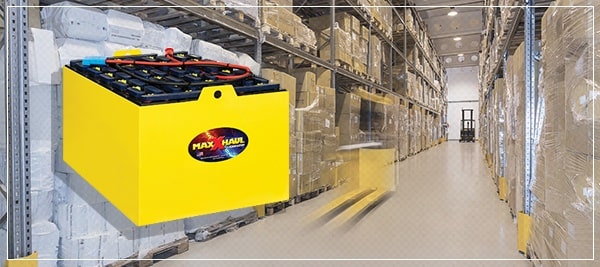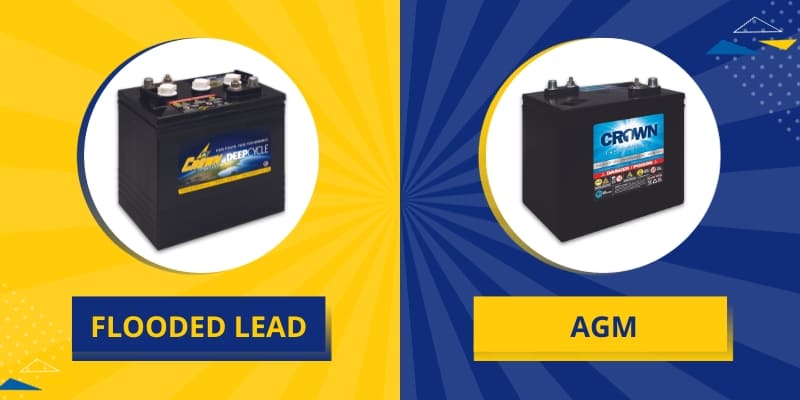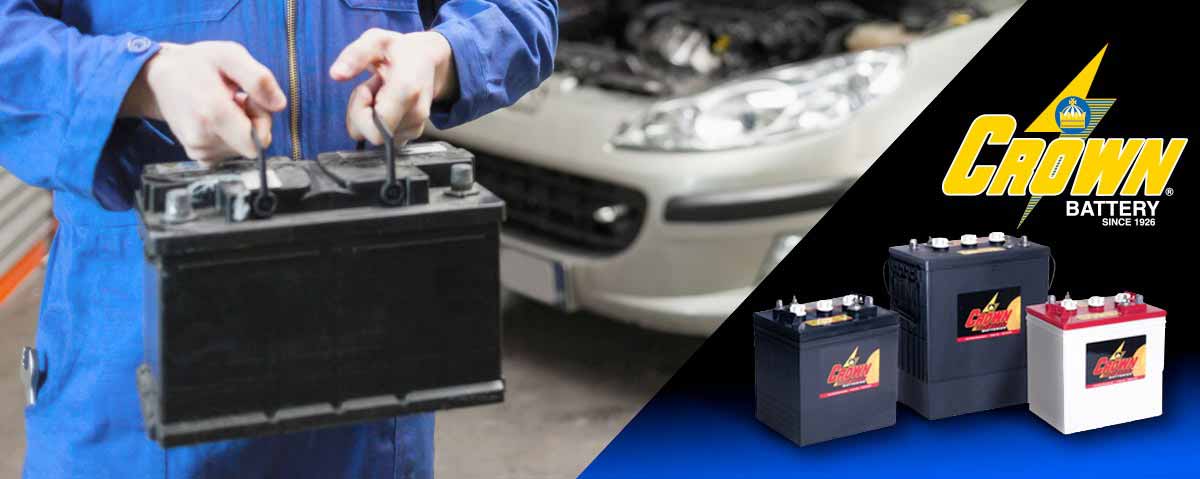Lead acid is a battery technology that has been proven strong and reliable since its invention in 1860. They are known to have a long lifetime when compared to other battery types, which is why they are an attractive option for many business. However, with any battery technology, understanding the construction and how the different parts work together is essential for battery performance and extending its useful life.
If you are about to purchase a lead acid battery, a key part of choosing, purchasing, and maintaining your battery is understanding what it is and how it works. In this article we will go over the battery basics of lead acid batteries.
What is a Lead Acid Battery?
Lead acid batteries are the oldest rechargeable batteries. They were invented in 1859 and continue to be a popular way to provide power to a number of applications. This is largely due to their relatively large power to weight ratio as well as their low cost to manufacture and maintain. Lead acid batteries use positive and negative plates, submerged in electrolyte. The reaction between the lead plates and the electrolyte generates the power.
Electrolyte
The electrolyte - which is a mixture of water and sulfuric acid - is a critical part of any lead acid battery. Its reaction with the lead plates is what causes current to flow hence the terminology "lead acid battery." In low maintenance batteries, the electrolyte levels must be checked and replenished with distilled water regularly while maintenance free batteries do not require water service.
Plates
As mentioned above, lead plates are a key component to the construction the lead acid battery and have been since they were first invented. However, the specific construction of the plates may vary. Flat plates like the ones used in Crown Battery’s Max Haul series, are constructed like a grid to maximize surface area without greatly increasing the space the plates take up with in the battery case.
Tubular
A tubular lead acid battery uses the same basic power generation techniques but is different in how it is constructed. A tubular lead acid battery uses fiberglass tubes, filled with lead oxide and red led powder, then sealed with a plastic fitting. The filled tubes are soaked in a diluted acid to convert the lead oxides to lead sulfate. A battery like the MaxHaul line offers an affordable and durable alternative to tubular lead acid.
Separators
Separators are essential in lead acid batteries because they keep the positive and negative plates separate from one another. This prevents the battery from short-circuiting. Separators must be resistant to oxidation and be chemically compatible with the electrolyte solution.
It's important tp note that not all lead acid batteries are exactly the same, but looking at their component parts can be helpful in determining how the battery works and which type is best for your application.
Lead Acid Battery Uses
Lead acid batteries are ideal for use in many applications. Refer to Crown Battery’s brochure and product support downloads for more information on the different types of lead acid batteries.











